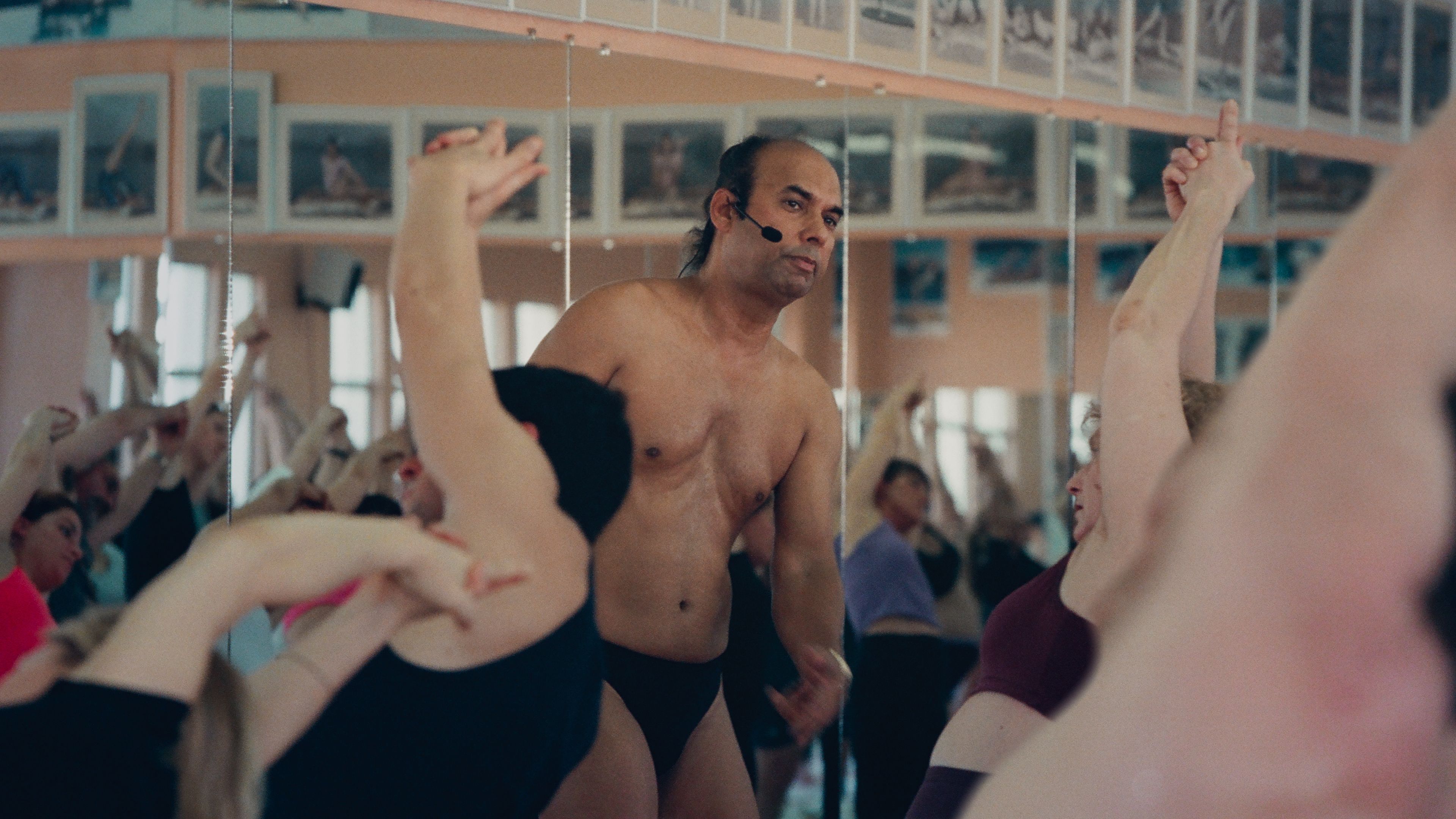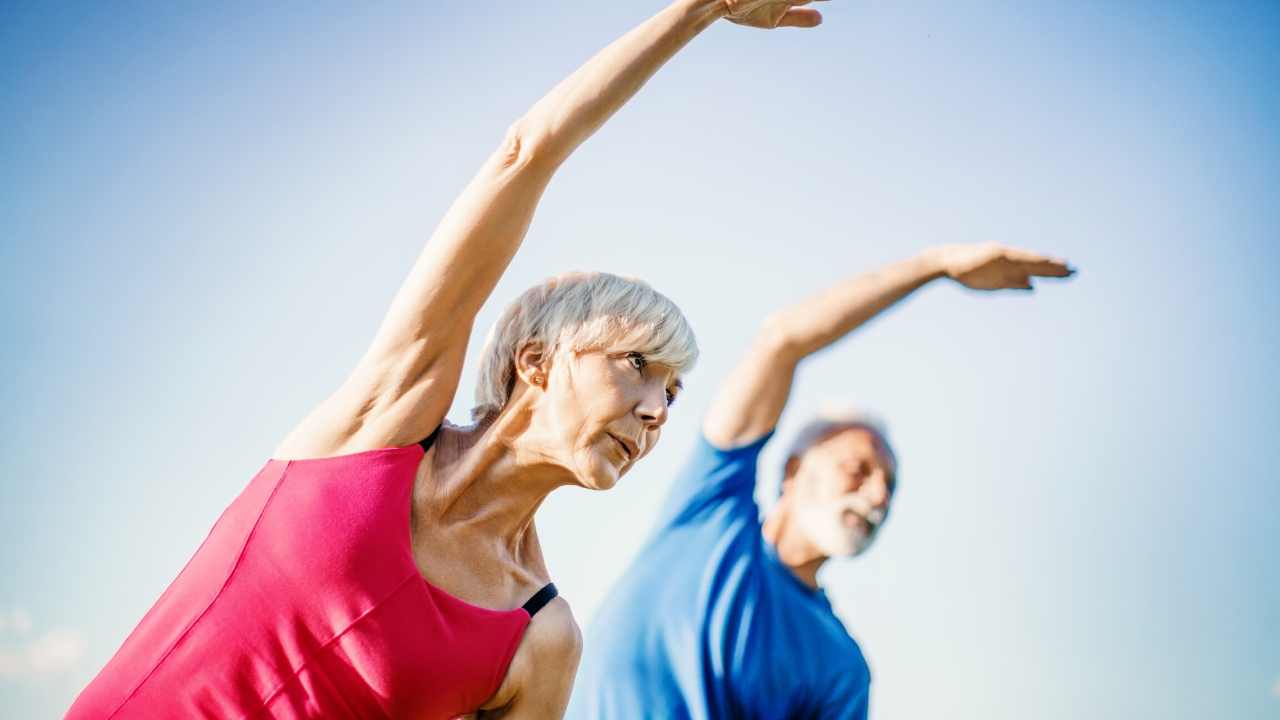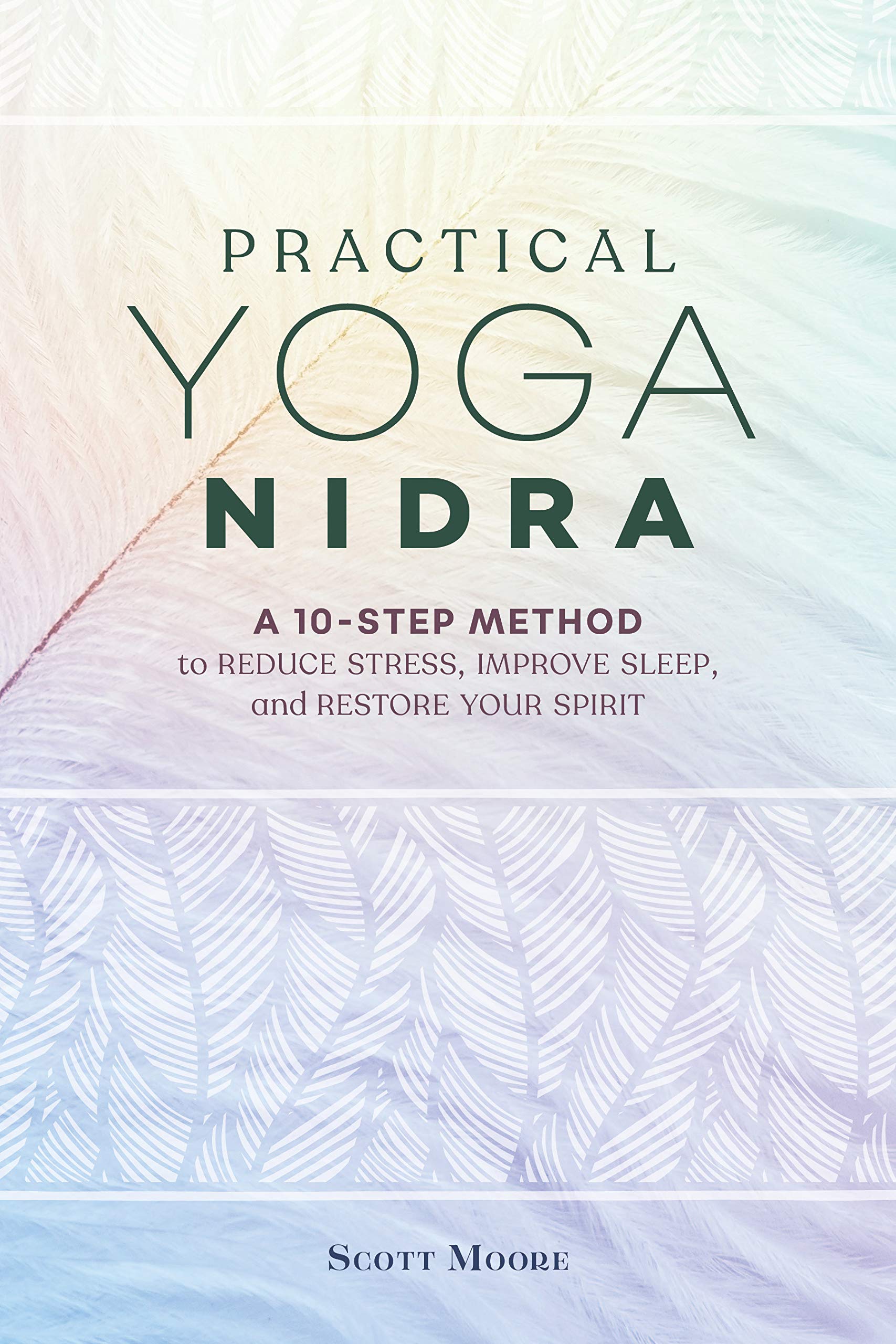
Yoga may help stroke survivors balance better and be more active, according to researchers. These findings were published in Stroke Journal. However, yoga cannot replace rehabilitation. It is important to talk with your doctor about whether yoga is right for you and which poses to avoid. This article provides information regarding the safety and efficacy of yoga for stroke victims.
Sitting is one of the best positions for stroke patients. You should keep your hands behind your knees while you are seated. Your right leg should be straight infront of you. Your left leg should be bent behind. Your hips should align with each other. Then, take five to ten deep breaths and move onto the next side. You should not force yourself too hard in the beginning when learning the poses. Injury can be caused by exercising too fast. You will be able to maintain a steady pace and have a more fit body.

Good exercise can help ease the physical symptoms that may accompany stroke recovery. It can also help to reduce the likelihood of permanent disability and improve your overall health. Stroke is a serious condition that can cause permanent damage to your body. A stroke is a condition where blood can't flow to the brain due to a clot or ruptured vessel. This causes brain cells not to receive oxygen, and they die. This can lead to a loss of memory or muscle control.
You can increase your balance, independence, and quality of life by practicing this practice. Studies have shown that a modified yoga intervention can help stroke survivors increase their independence and improve their QoL. It's an affordable, effective and cost-effective way to improve motor functions in this population. It can also help you to improve your own health. It is important to know that you can do the yoga exercises in your own home. The benefits of yoga for stroke survivors are far-reaching and may have a profound impact on your quality of life.
Yoga is an excellent exercise for stroke victims. A good yoga practice can increase your strength and mobility, and lower your risk for developing cardiovascular disease or cancer. Yoga can not only improve your physical well-being, but it can also help you live longer and be more productive. A stroke is something you need to address immediately. If you feel tired and have difficulty sleeping, you should consider attending a yoga class.

The study also aims to improve the quality of life for stroke patients. In addition to improving balance, yoga can also improve the quality of their gait. The research conducted by this team focused on the benefits of yoga for stroke patients. They found that participants who practiced yoga regularly improved their QoL and their ability to move freely. Yoga is a great way to start your recovery after a stroke. Yoga can help you heal faster than you might think.
FAQ
How do you measure body fat?
A Body Fat Analyzer is the best way to measure body weight. These devices measure the body fat percentage in people who wish to lose weight.
How do I count calories?
You may be wondering "what is the best diet for you?" or "is counting calories necessary?" Well, the answer depends on several factors including your current health status, your personal goals, your preferences, and your overall lifestyle.
The Best Diet - Which One Is Right To You?
My current health status, personal goals, preferences, and overall lifestyle all play a role in choosing the right diet. There are many options, both good and bad. Some diets work well for some people and others do not. So what should I do? How can I make the right choice?
These questions are addressed in this article. The article starts by introducing the many types of diets currently available. The pros and cons of each diet are then discussed. Finally, we'll discuss which one is best.
To begin, let's take a quick look at the different types of diets.
Diet Types
There are three main types, low fat, high protein, or ketogenic diets. Let's talk about them briefly.
Low Fat Diets
A low-fat diet restricts fat intake. This is done by reducing your intake of saturated oils (butter, cream cheeses, etc.). These fats can be replaced with unsaturated fats like avocados and olive oil. A low fat diet is often recommended for those who want to lose weight quickly and easily. This type of diet can lead to constipation and heartburn as well as indigestion. A person may also experience vitamin deficiencies if they don't get enough vitamins.
High Protein Diets
High protein diets restrict carbohydrates in favor of proteins. These diets usually have higher amounts of protein than other diets. These diets are intended to increase muscle mass and reduce calories. Unfortunately, they can't provide adequate nutrition for those who eat regularly. Also, they tend to be very restrictive, so they aren't suitable for everyone.
Ketogenic Diets
Ketogenic diets can also be known as keto diets. They are high in fat, moderately high in protein and low in carbohydrates. Athletes and bodybuilders use them because they allow them more time and harder training without feeling fatigued. You must adhere to all side effects, including fatigue, headaches, nausea and headaches.
What is the difference in a virus and bacteria?
A virus is a microscopic organism which cannot reproduce outside of its host cell. A bacterium is a single-celled organism that reproduces by splitting itself in two. Viruses can be as small as 20 nanometers, while bacteria can grow up to 1 micron.
Viruses can be spread by contact with bodily fluids containing infected substances, such as saliva, urine and semen. Bacteria is usually spread directly from surfaces or objects contaminated with bacteria.
Viral infections can be transmitted through skin cuts, scrapes and bites. They may also enter through the nose, mouth, eyes, ears, vagina, rectum , or anus.
Bacteria can be introduced to our bodies by cuts, scrapes or burns. They may also come into our bodies through food, water, air, soil, dust, or animals.
Both bacteria as well as viruses can cause illness. But viruses can't multiply within their hosts. So they only cause illnesses when they infect living cells.
Bacteria can spread within the host and cause illness. They can also invade other parts of your body. They can even invade other parts of the body, which is why antibiotics are necessary to eradicate them.
What is the working principle of an antibiotic?
Antibiotics can be used to kill bacteria. Antibiotics are used for treating bacterial infections. There are many types and brands of antibiotics. Some are administered topically, while others can be taken orally.
Antibiotics are often prescribed to people who have been exposed to certain germs. For example, if someone has had chicken pox, he or she might take an oral antibiotic to prevent shingles later on. For those with strep-thorphritis, an injection of penicillin could be administered to prevent them from getting pneumonia.
Children should not be given antibiotics without the consent of a doctor. Children are at greater risk than adults for developing serious side effects from taking antibiotics.
The most common side effect of antibiotics is diarrhea. Other side effects that could occur include nausea, vomiting and dizziness. These side effects are usually gone once the treatment is complete.
What can you do for your immune system to improve?
The human body is made up of trillions and trillions of cells. Each cell is responsible for creating organs and tissues with specific functions. Another cell takes its place when a cell dies. Hormones, which are chemical signals that allow cells to communicate with one another, enable them to do so. Hormones regulate all bodily processes, from growth and development to metabolism and immunity.
Hormones, chemicals that are secreted throughout the body by glands, are chemicals. They travel through bloodstreams and act as messengers that control the function of our bodies. Some hormones come from the body and others from outside.
When a hormone-producing gland releases their contents into the bloodstream, hormone production begins. Once hormones are released, they move through the body to reach their target organ. In some cases, hormones remain active only for a short period of time. Others hormones remain active longer and still have an influence on the body's functioning long after they leave bloodstream.
Some hormones are made in large quantities. Others are produced in small amounts.
Some hormones are only produced at certain times in your life. Estrogen is one example. It's produced in puberty, pregnancy and menopause. Estrogen assists women with breast development, bone density, and osteoporosis prevention. It is also known to promote hair growth and keep skin soft and smooth.
What are the 10 best foods to eat?
These are 10 of the best foods to eat.
-
Avocados
-
Berries
-
Broccoli
-
Cauliflower
-
Eggs
-
Fish
-
Grains
-
Nuts
-
Oats
-
Salmon
What is the difference between a calorie or a kilocalorie.
Calories can be used to measure how much energy is in food. Calories are a unit of measurement. One calorie contains the energy needed to raise the temperature of one gram of water by one degree Celsius.
Kilocalories are another way to describe calories. Kilocalories can be measured in thousandsths of one calorie. 1000 calories are equal to one kilocalorie.
Statistics
- Extra virgin olive oil may benefit heart health, as people who consume it have a lower risk for dying from heart attacks and strokes according to some evidence (57Trusted Source (healthline.com)
- According to the Physical Activity Guidelines for Americans, we should strive for at least 150 minutes of moderate intensity activity each week (54Trusted Source Smoking, harmful use of drugs, and alcohol abuse can all seriously negatively affect your health. (healthline.com)
- nutrients.[17]X Research sourceWhole grains to try include: 100% whole wheat pasta and bread, brown rice, whole grain oats, farro, millet, quinoa, and barley. (wikihow.com)
- In both adults and children, the intake of free sugars should be reduced to less than 10% of total energy intake. (who.int)
External Links
How To
How to keep motivated to eat healthy and exercise
Motivation tips for staying healthy
Motivational Tips To Stay Healthy
-
List your goals
-
Set realistic goals
-
Be consistent
-
Recognize yourself for achieving your goal
-
If you fail the first time, don't lose heart
-
Have fun